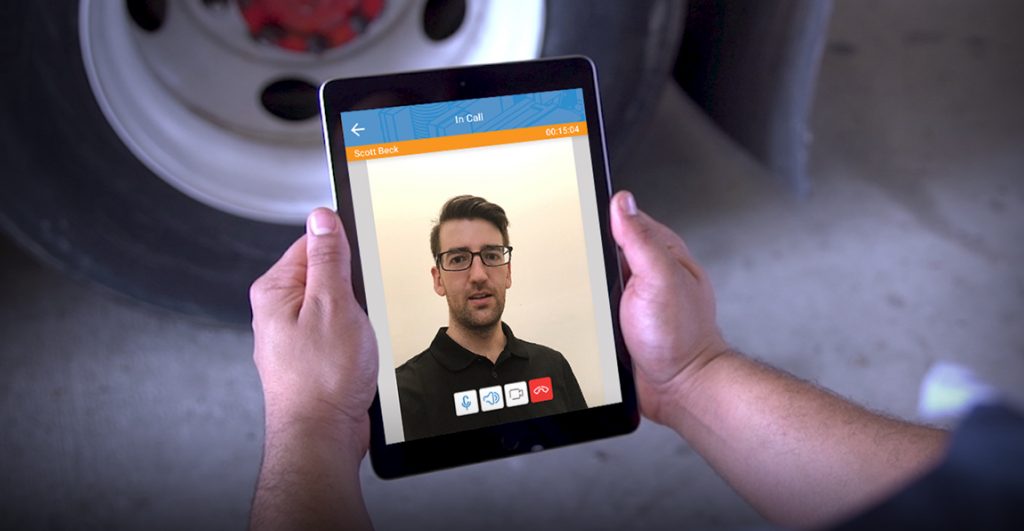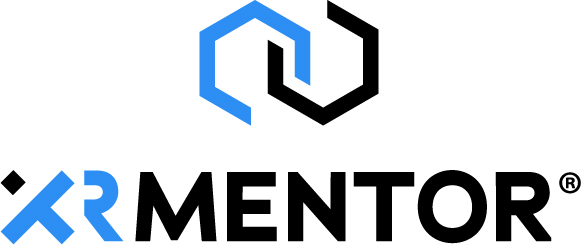Design Interactive (DI) is officially offering an augmented reality pilot program to the transportation industry. The pilot program provides the transportation, aviation, utility and construction industries the ability to try out XRMentor™ prior to purchasing the software. The goal of the program is to allow organizations the ability to implement an maintenance training process that is enhanced with augmented reality technology. For more information on our pilot program, click here.
Augmented Reality for Training
Augmented reality (AR) adoption rates have continued to increase, with a significant spike in VR/ AR headset purchases since the beginning of the COVID-19 pandemic. The primary spike in interest can be contributed to organizations looking for effective virtual training solutions, beyond traditional video conferencing software. To help organizations adjust to remote work environments, software development companies have created features like remote collaboration and pick by vision to help improve connectivity while working and training remotely.

Remote collaboration allows an expert at a laptop to directly speak with a field technician while sharing content and accessing the head-mounted display camera on the field technician. Pick by vision allows a warehouse worker to receive pick and pack instructions through the head mounted display and use the device as a bar code scanner.
Adoption is expected to continue to rise as enterprises continue to seek out effective virtual training solutions well into the second quarter of 2021.
What Expect During The Pilot Program
XRMentor™ is an augmented reality troubleshooting application that guides a technician through the diagnostic process. It turns any technician into an expert by helping them efficiently select the most effective repair for the problem. Your training and development experts can author content and share it across the enterprise. Once training has been created, it can be shared across the enterprise with any technician that has a a mobile device. To ensure the best fit for an organization, pilot programs are individually crafted to meet the unique needs of each enterprise. The program includes three phases: Onboarding, Execution and Adoption Roadmapping.
For more information on how to use augmented reality for maintenance training check out our guide here.

Phase 1: Onboarding
The onboarding process starts with determining the goal of the pilot and evaluating opportunities where XRMentor™ can help your enterprise achieve those goals. A key component of the onboarding process is to set objectives and key performance metrics to evaluate the technology. This includes objective metrics (eg. mean time to repair, mean time between faults) and subjective metrics, including willingness of technicians to use the technology or likelihood of recommending to other personnel or facilities. This phase also includes an introduction to XRMentor™, the Microsoft HoloLens and training for the hardware and software. Our customer success team works directly with clients at the start of onboarding to make the evaluation process as effective as possible.
Phase 2: Execution
During the Execution phase, your team of technicians are using XRMentor™ as prescribed from the plan created during the onboarding phase. XRMentor™’s customer success team provides support remotely to ensure that the hardware and software perform to pilot expectations. Over the course of the pilot program, our team performs recurring check-ins with your enterprise to ensure continuous progress and evaluation against goals. At the midpoint of the execution phase, all stakeholders will be brought together to summarize progress and make any changes necessary to get the full value of the pilot.
Phase 2: Adoption Roadmapping
Following use of XRMentor™, the success team gathers stakeholders back together for a final pilot wrap up. A summary of the key performance metrics will be used to evaluate the success of XRMentor™. At the conclusion of the pilot program, all parties will come to together to address any challenges they’ve experienced.
The Final Steps
Incorporating a virtual training process can be overwhelming for organizations that are new to remote training. Having the ability to participate in a pilot program allows your organization the ability test out software solutions prior to purchase.
Interested in conducting an XRMentor™ pilot program? Contact us today.


